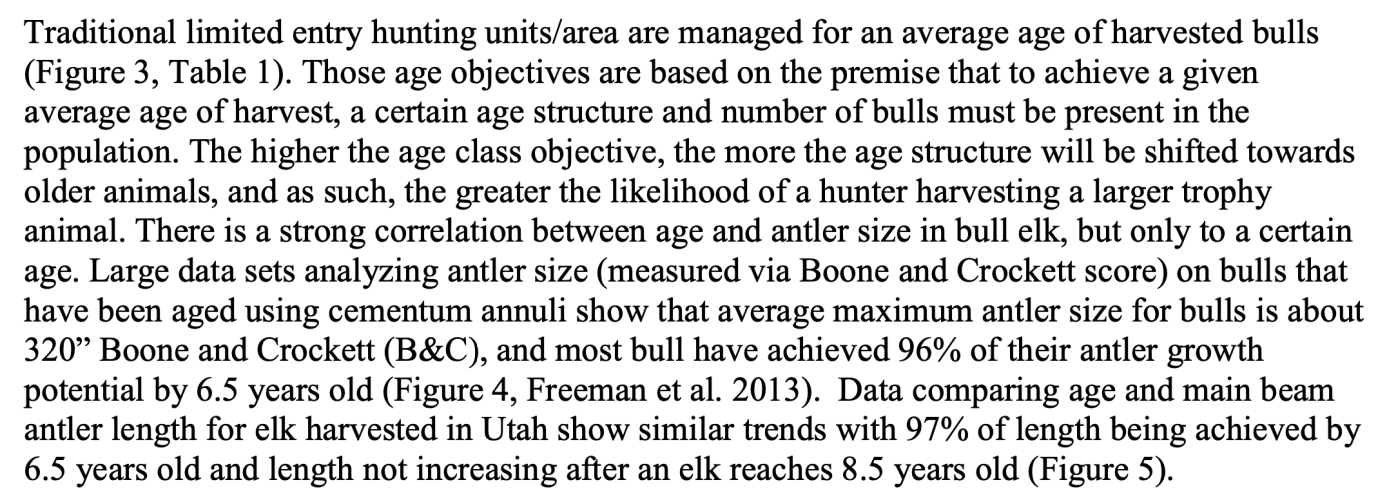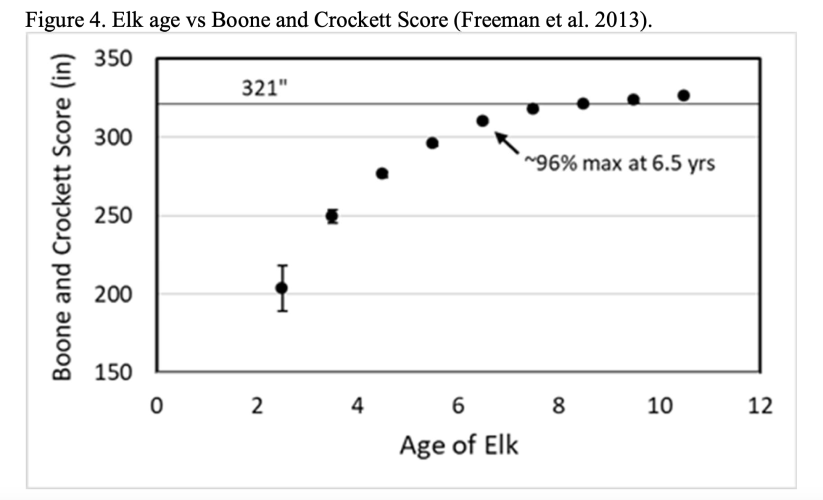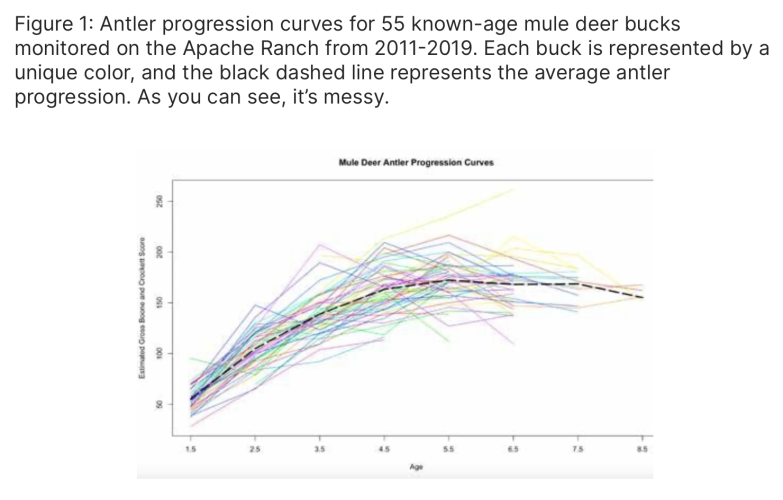SAJ-99
Well-known member
For those that geek out on this stuff, you might want to check out the Cutting The Distance podcast #42 with Jason Phelps and BYU bio-faculty Brock McMillan. Lots of good data from studies being conducted in the state.
Highlights
- Contra to a familiar belief, all data shows there is only one estrus cycle for elk and deer.
- % of cows that come into estrus each year can vary greatly (61% to 92%) leading to pregnancy variations (56% to 90%)
- 300+ elk births tracked, zero had twins
- No such thing as a "old, dry" cow, but often have calf every other year.
- 10% of antler size for a bull elk is determined by health of the mother while in utero. Another 10% determined by nutrition during antler growth cycle.
- Antler size of bull peaks at 7yrs and is 90% of max by age 6 (mentioned deer was 4-5).
I apologize in advance if I misstated anything, but it was very interesting. I'm not sure how it would differ by region, but it seems pretty general. There was discussion on managing bull/cow ratios and opportunity vs quality, showing how difficult the biologists' jobs are. I need to listen to #40 as it has some discussion on moon phases
Highlights
- Contra to a familiar belief, all data shows there is only one estrus cycle for elk and deer.
- % of cows that come into estrus each year can vary greatly (61% to 92%) leading to pregnancy variations (56% to 90%)
- 300+ elk births tracked, zero had twins
- No such thing as a "old, dry" cow, but often have calf every other year.
- 10% of antler size for a bull elk is determined by health of the mother while in utero. Another 10% determined by nutrition during antler growth cycle.
- Antler size of bull peaks at 7yrs and is 90% of max by age 6 (mentioned deer was 4-5).
I apologize in advance if I misstated anything, but it was very interesting. I'm not sure how it would differ by region, but it seems pretty general. There was discussion on managing bull/cow ratios and opportunity vs quality, showing how difficult the biologists' jobs are. I need to listen to #40 as it has some discussion on moon phases







